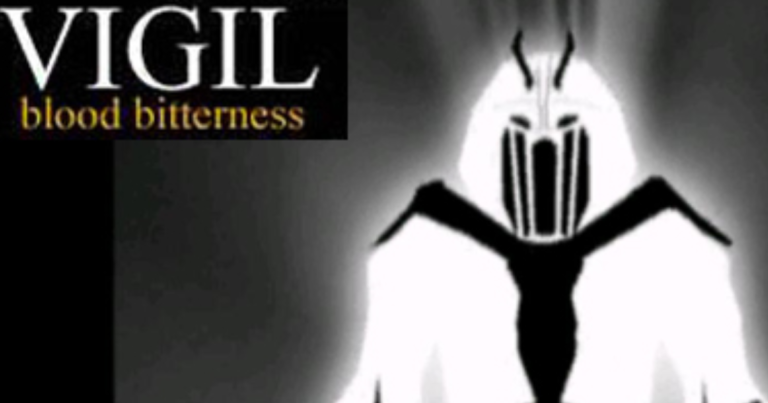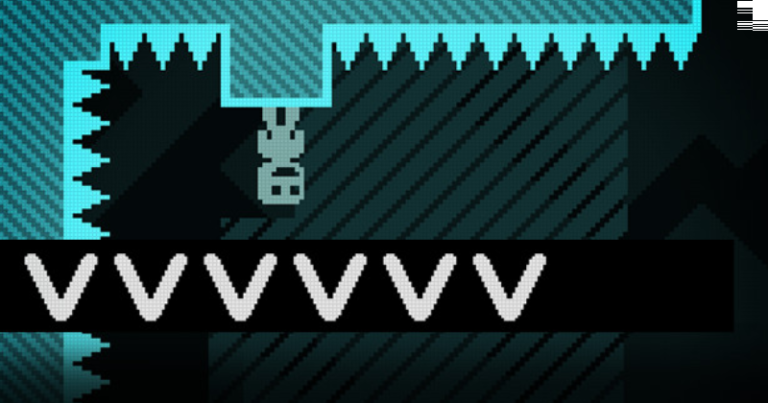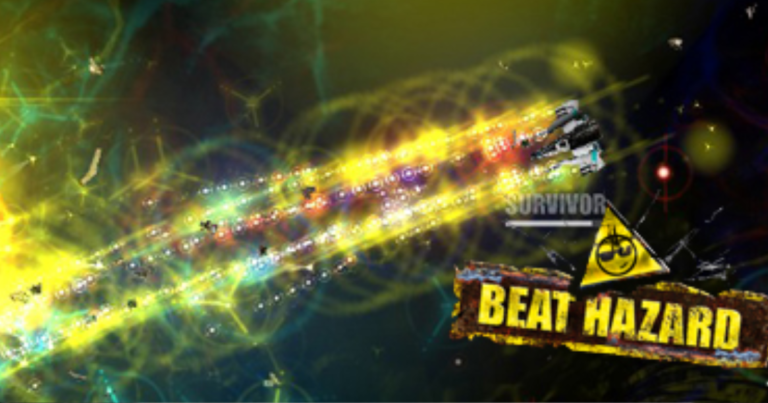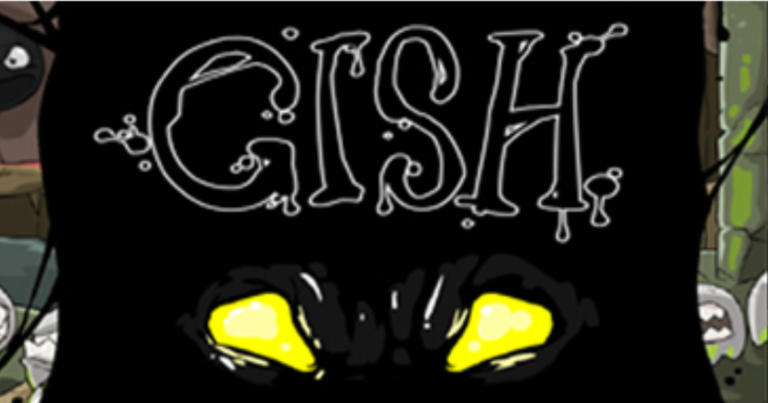Posted inPC
Review – Vigil: Blood Bitterness (PC)
Freegamer | Meridian 4 | June 29th, 2007 So these days I try to make it a policy to complete a game before doing any sort of review. The thought is, I should experience all of it before passing judgment on it. Sometimes in order to complete this task I do resort to walkthroughs or even in game cheat codes. This tends to factor into the review however. If a game is too confusing to get through without a walkthrough or too difficult to finish properly without cheating then there is clearly a problem with it. I’ve had enough experience…




